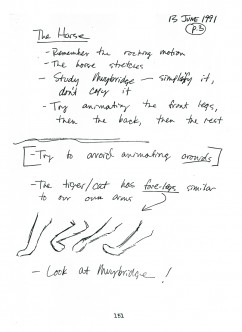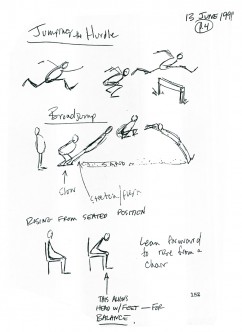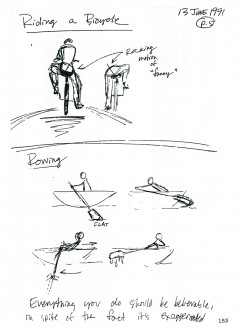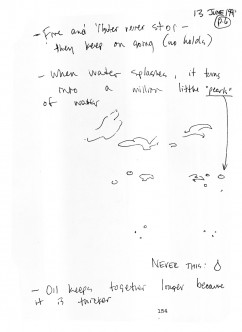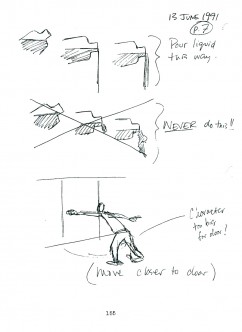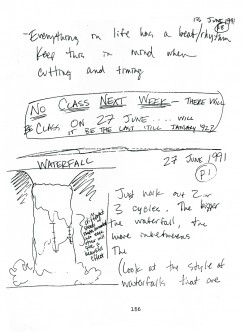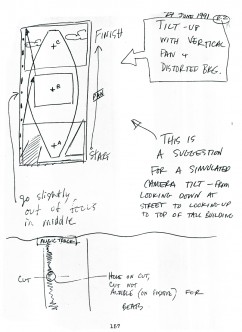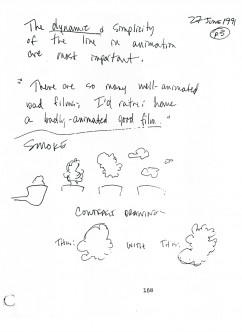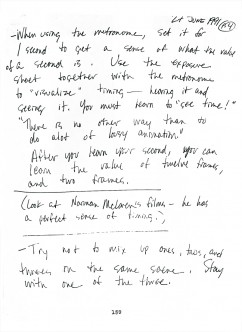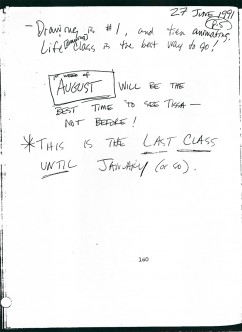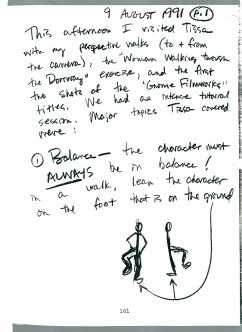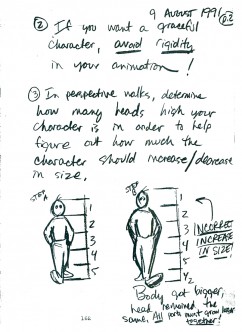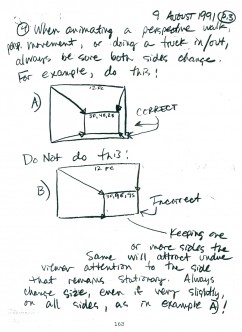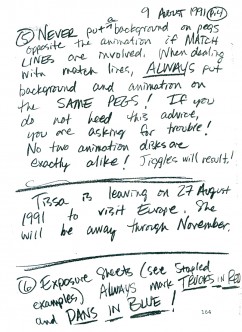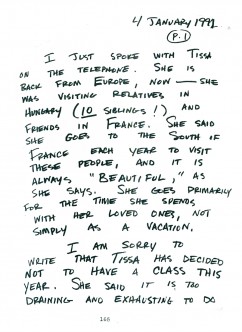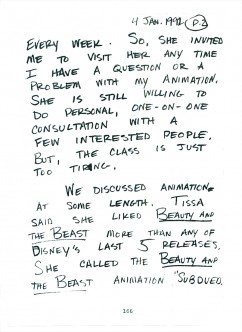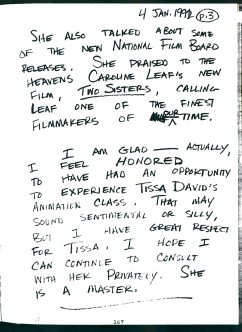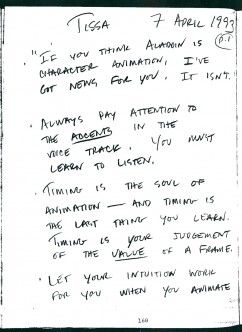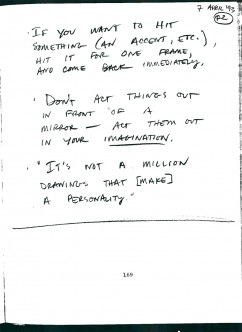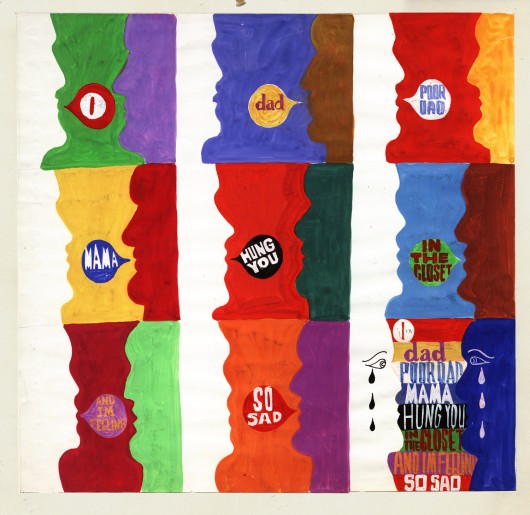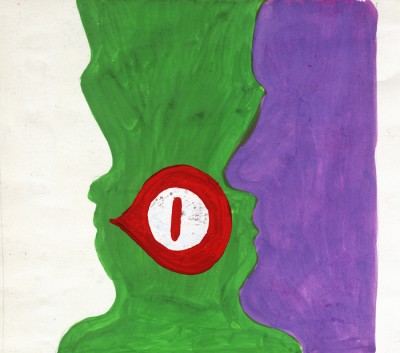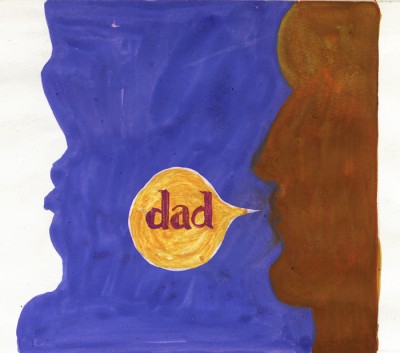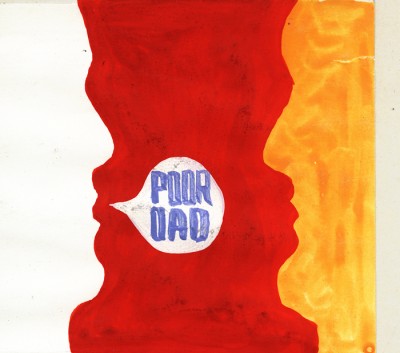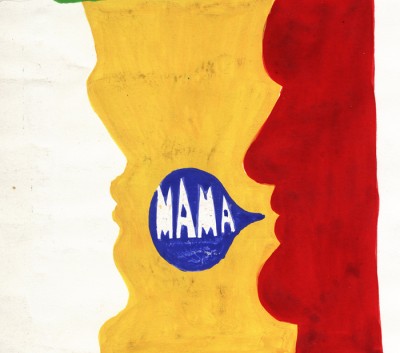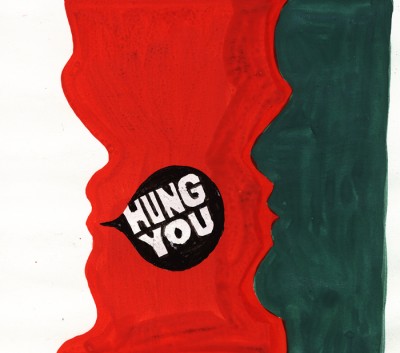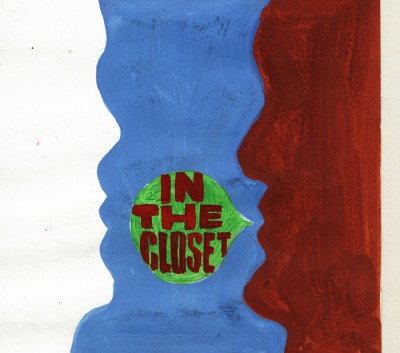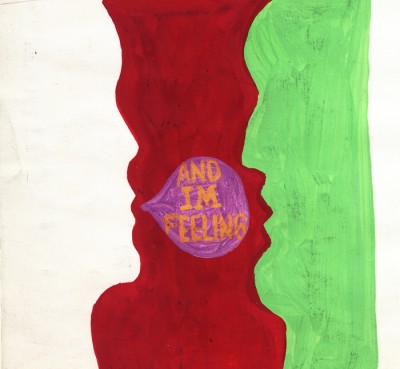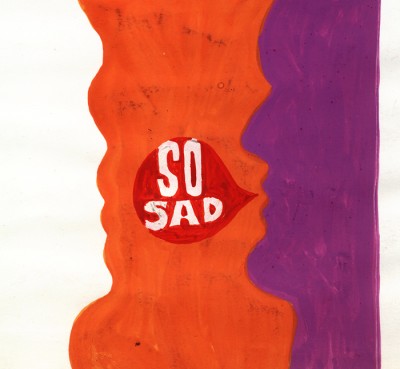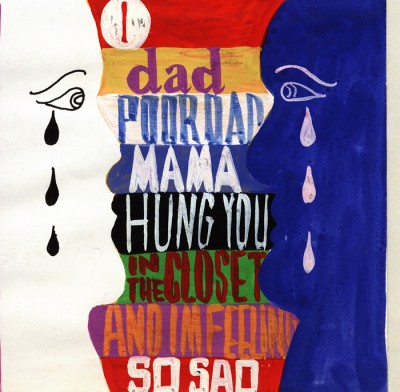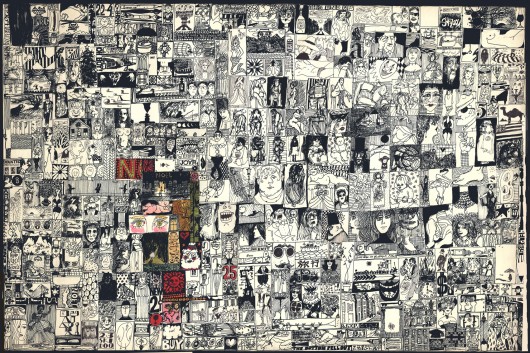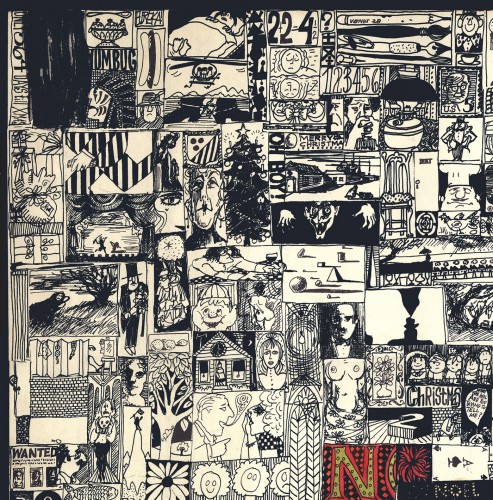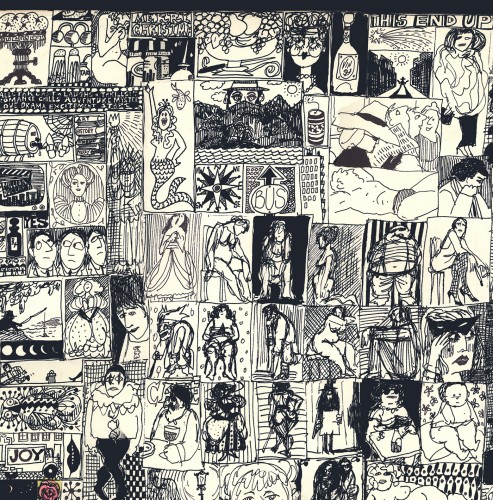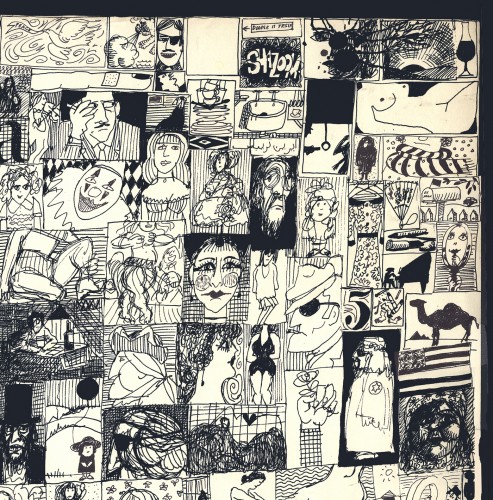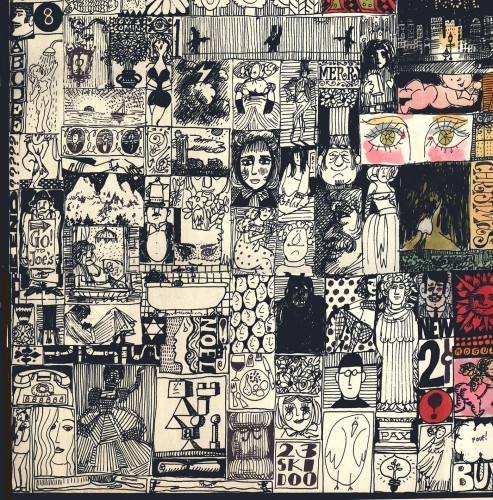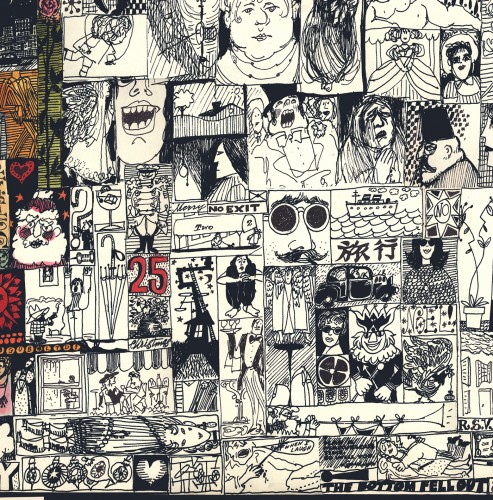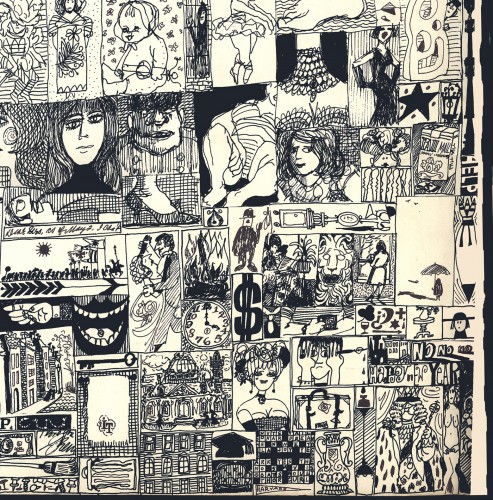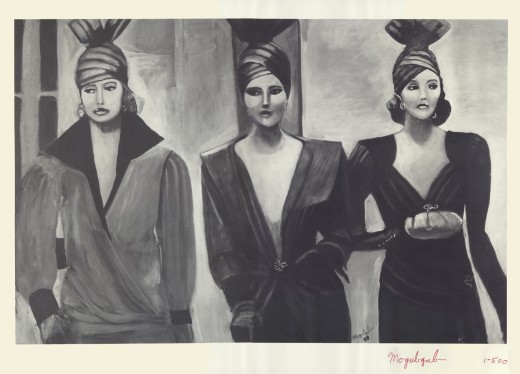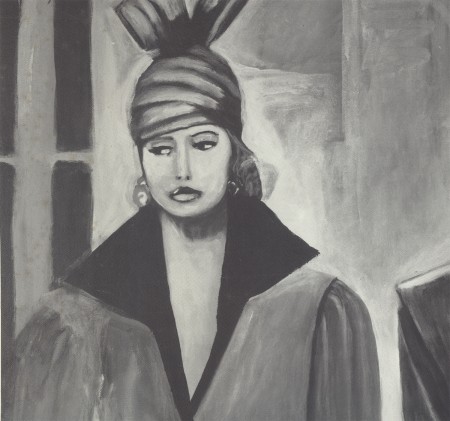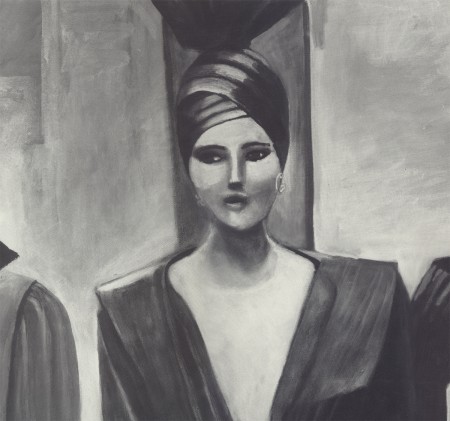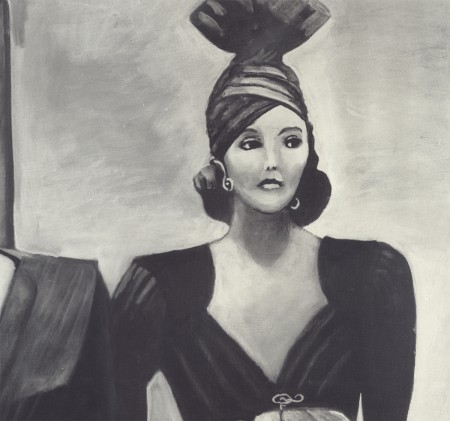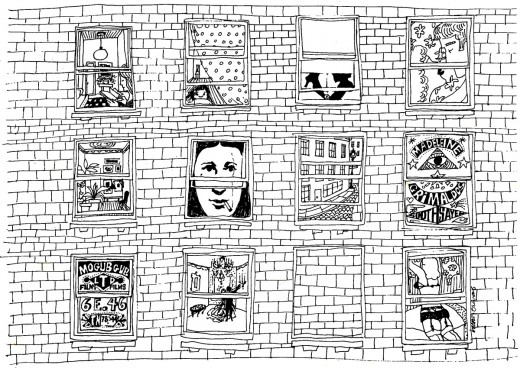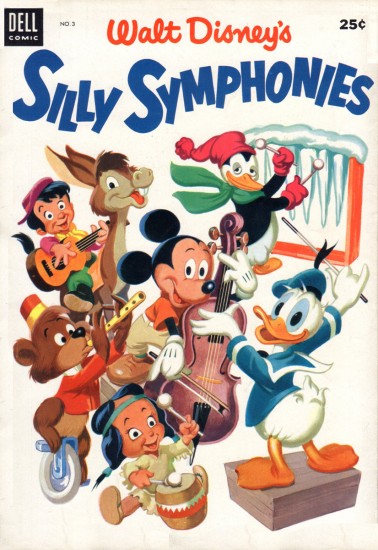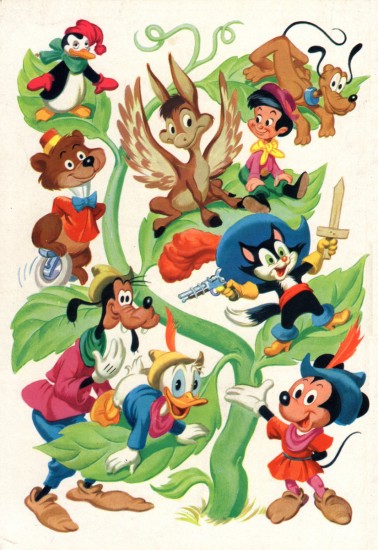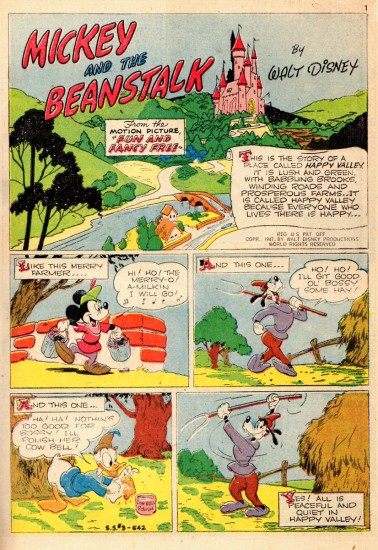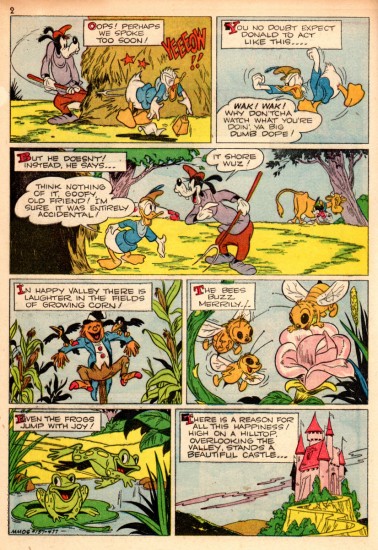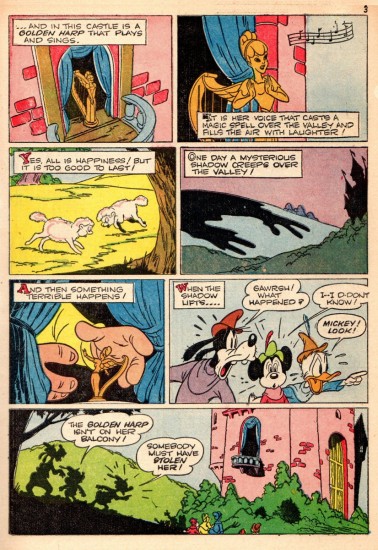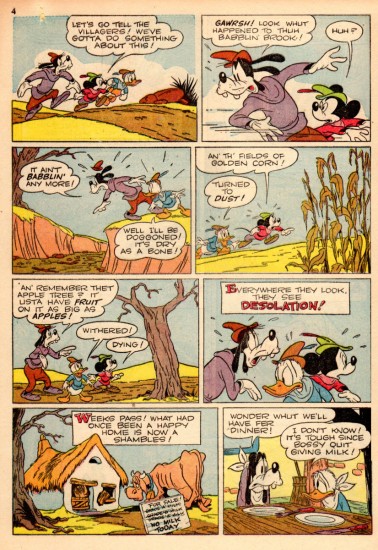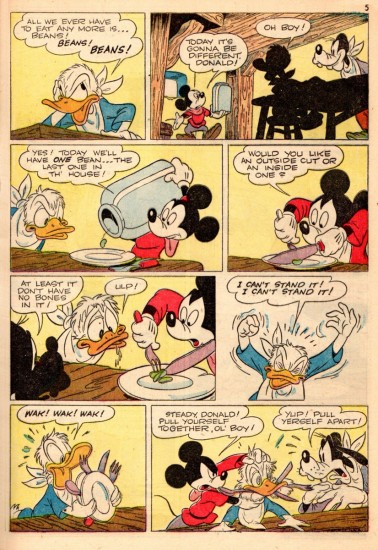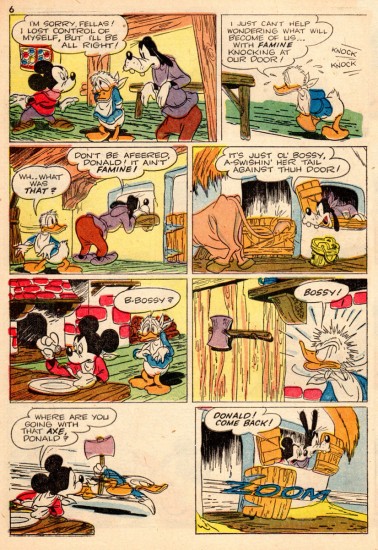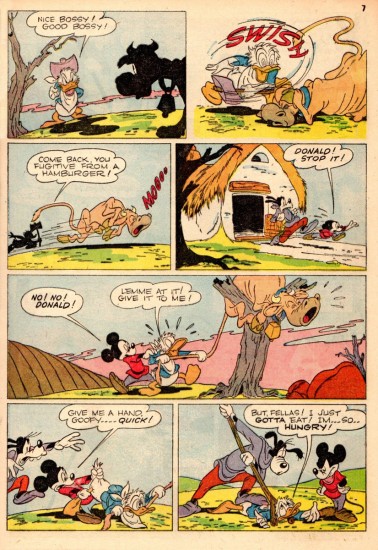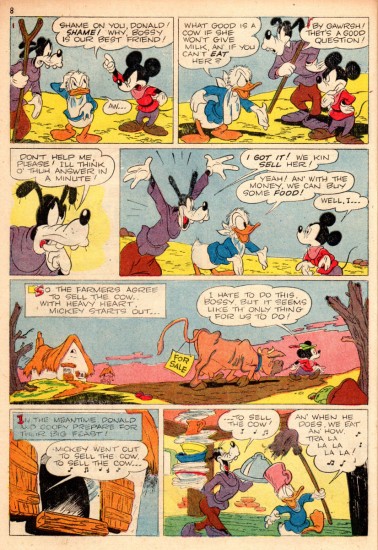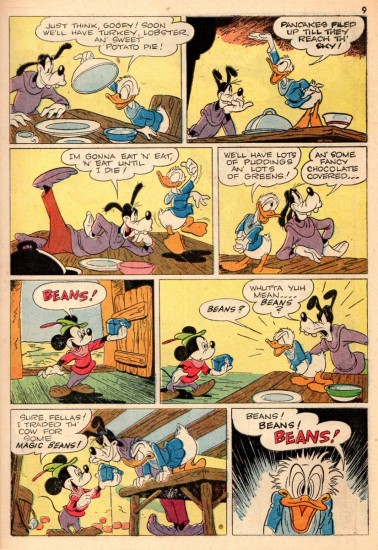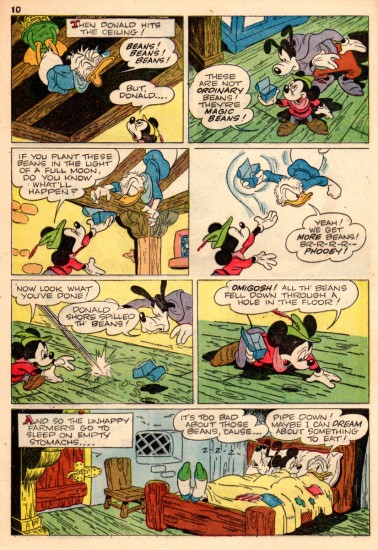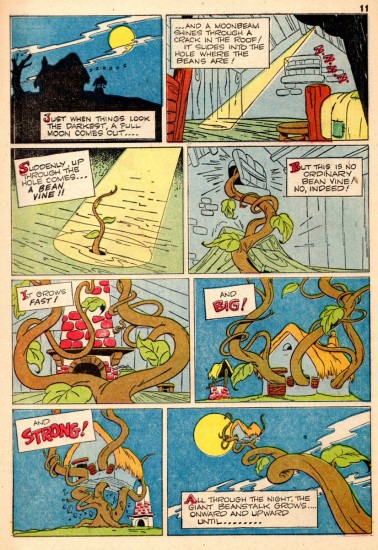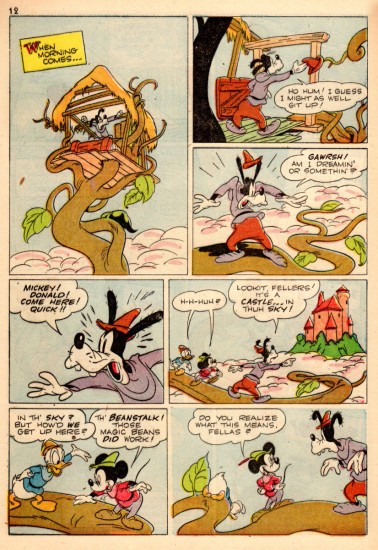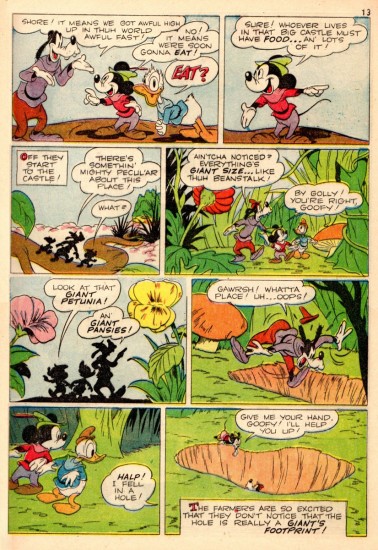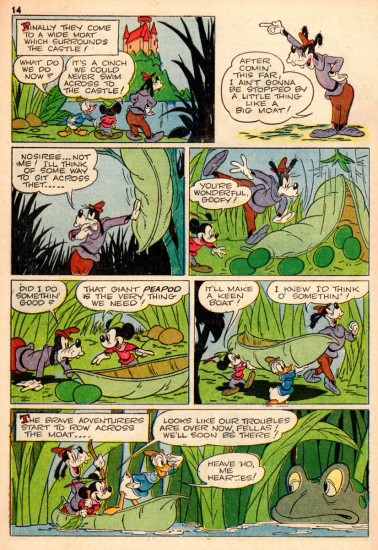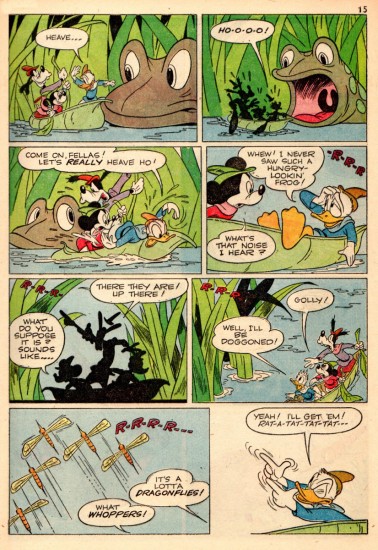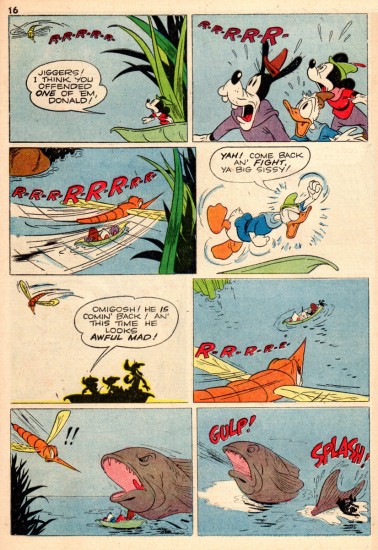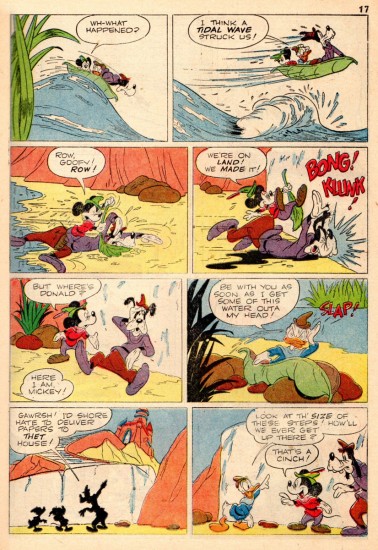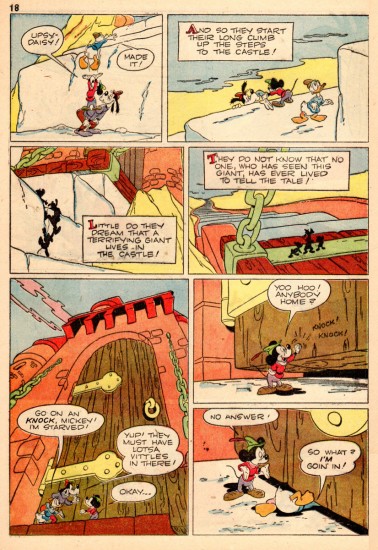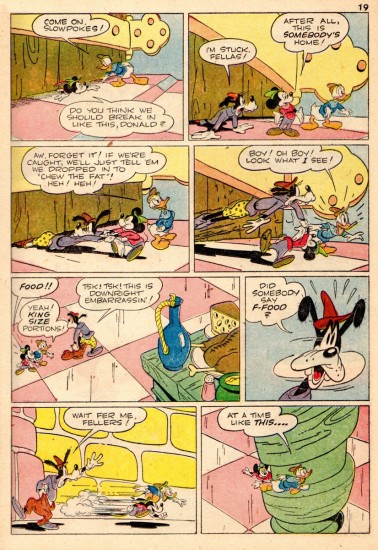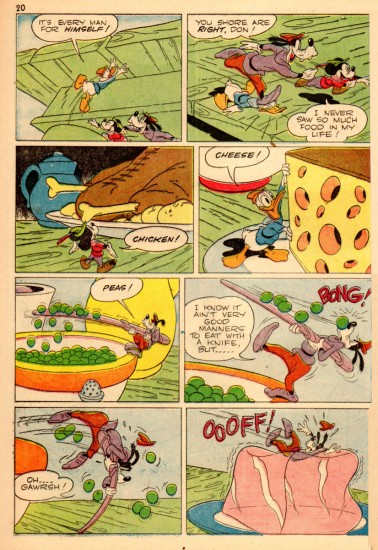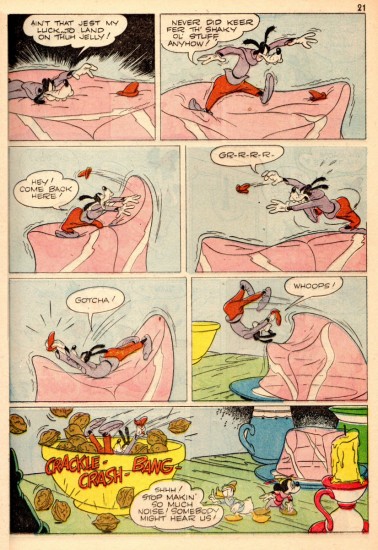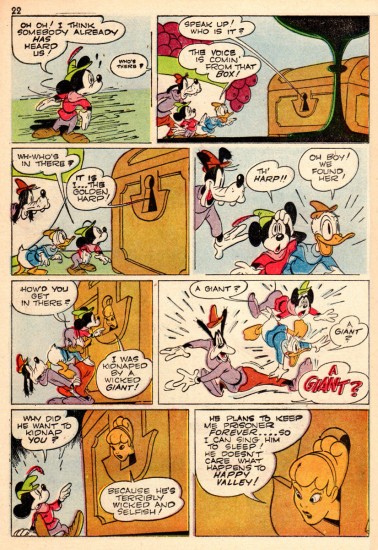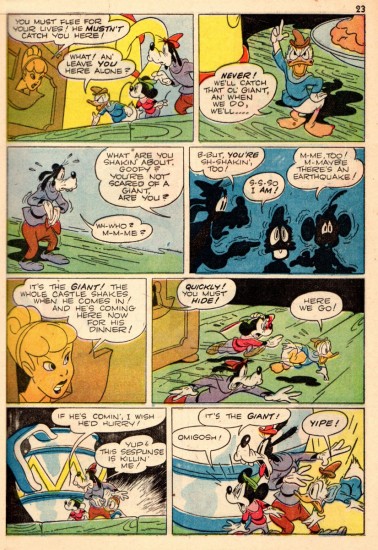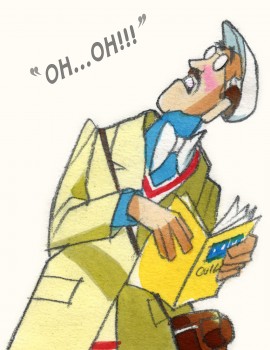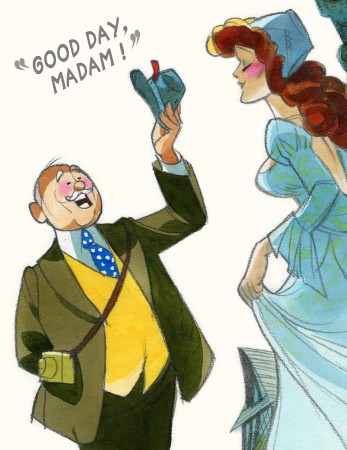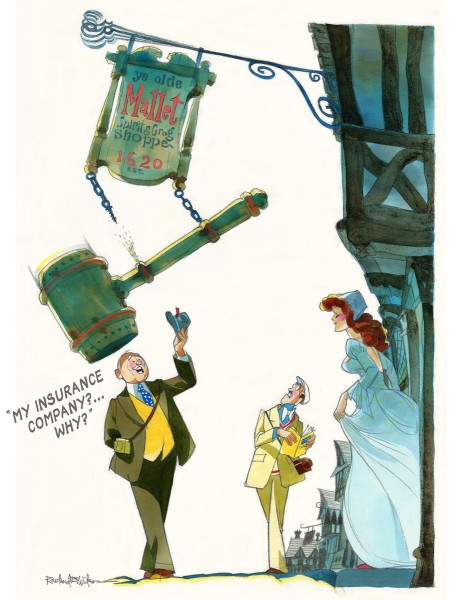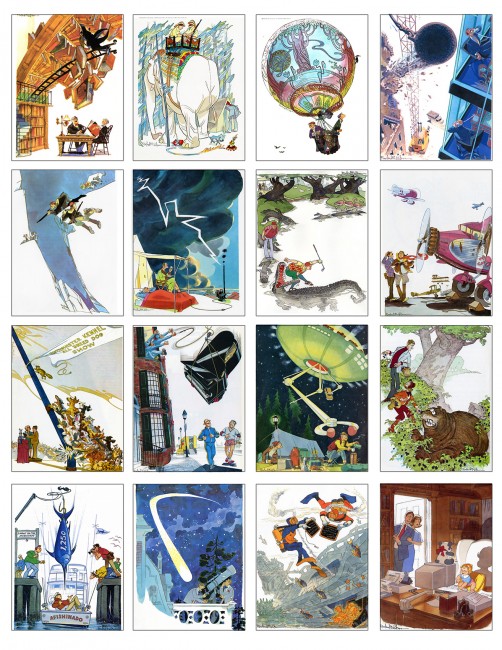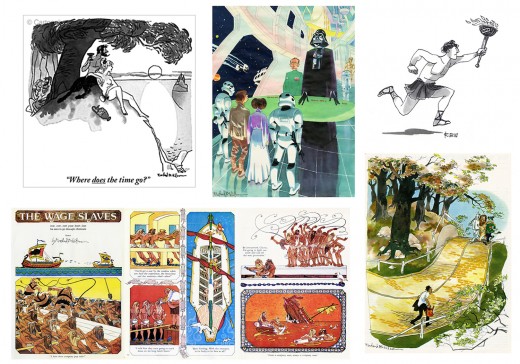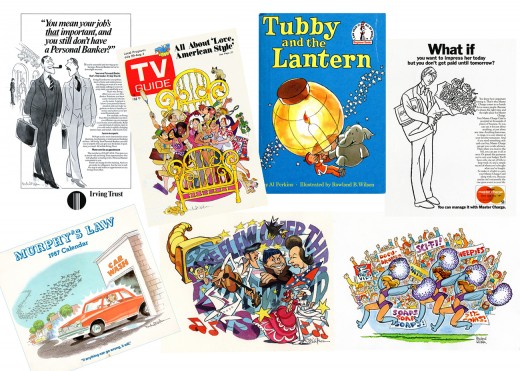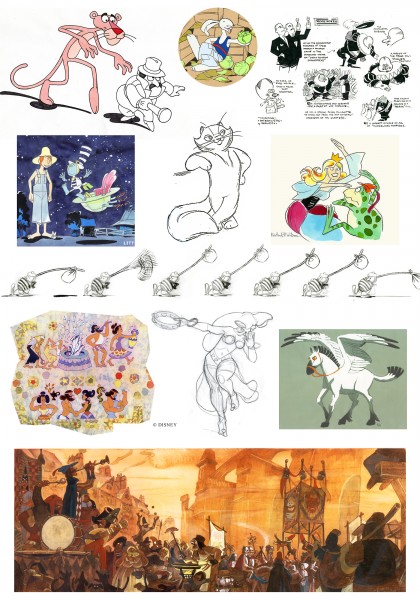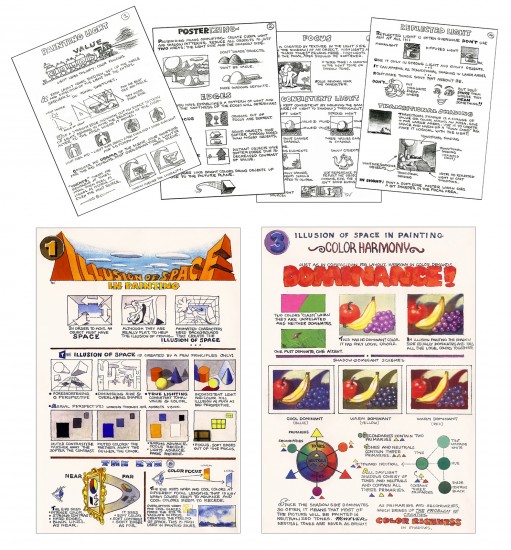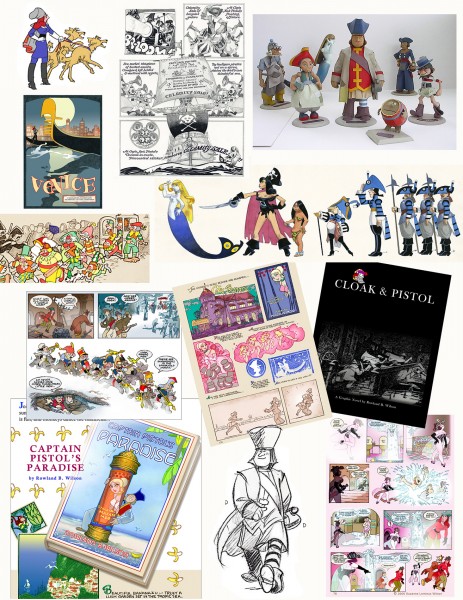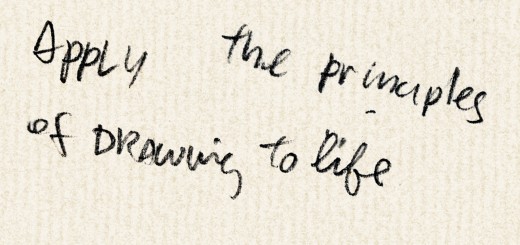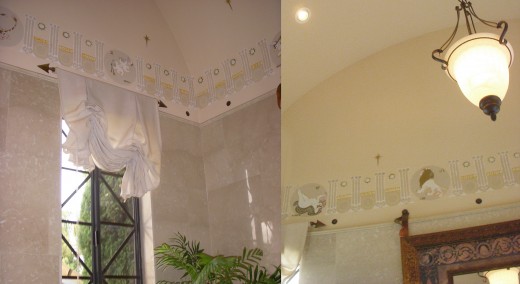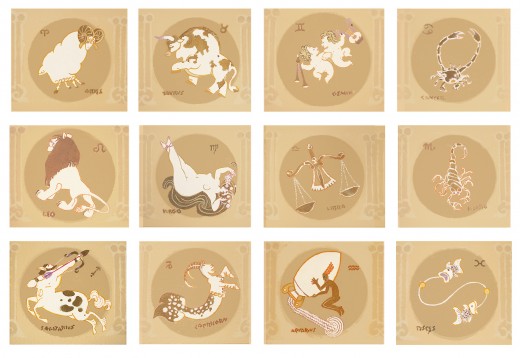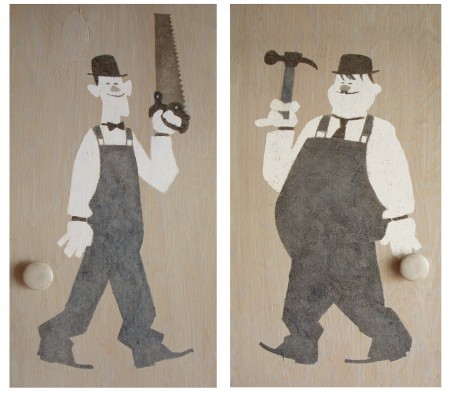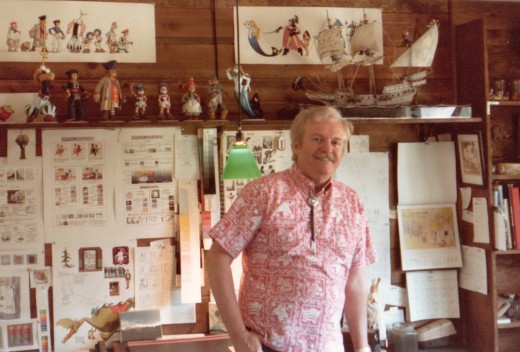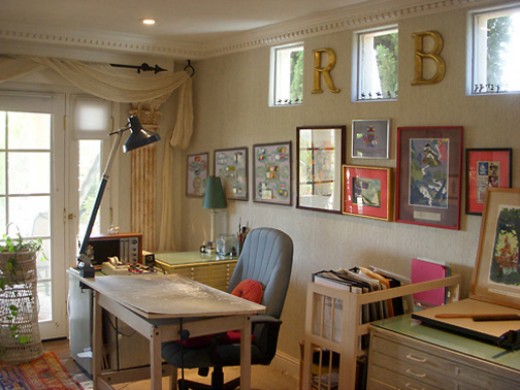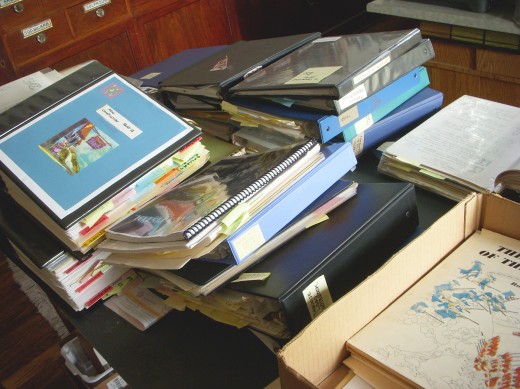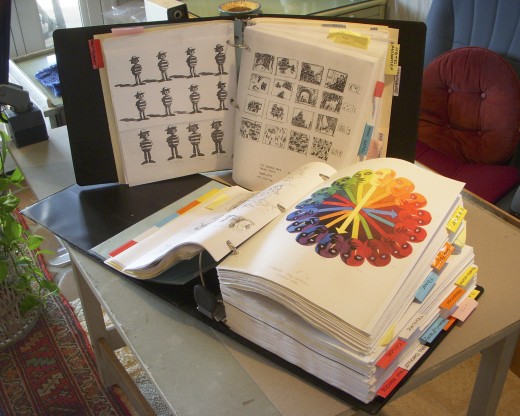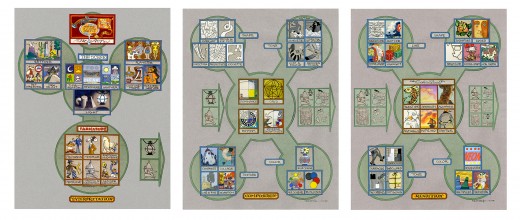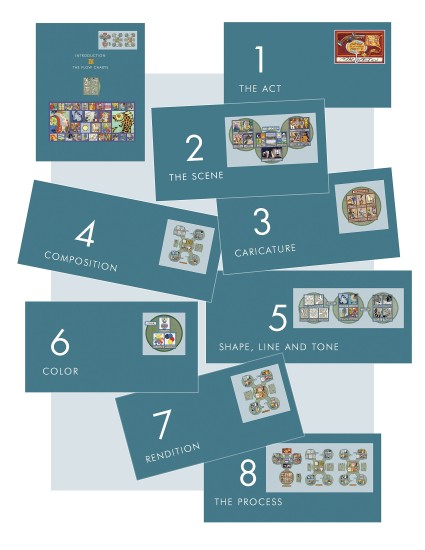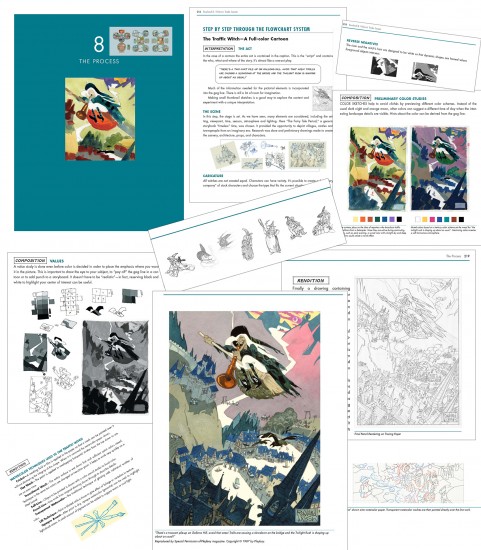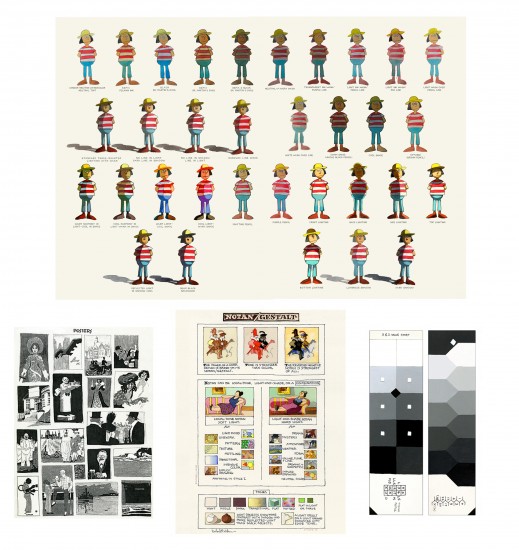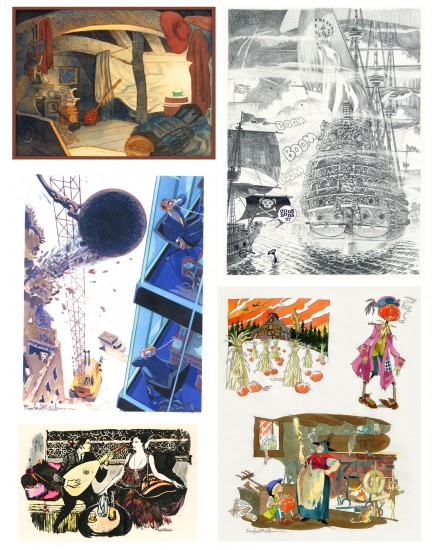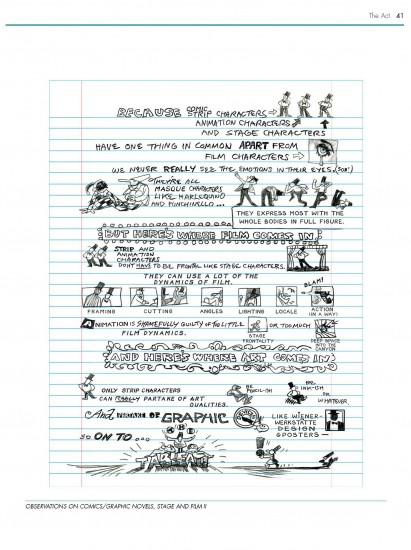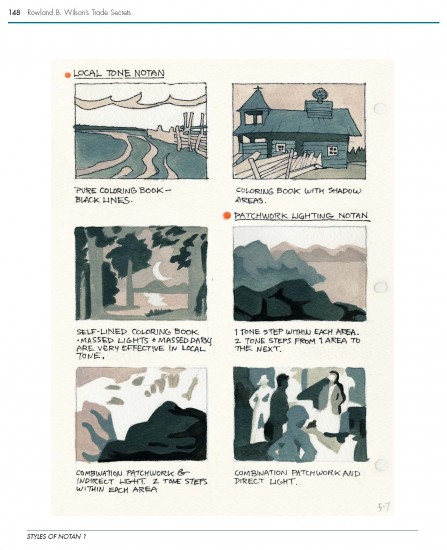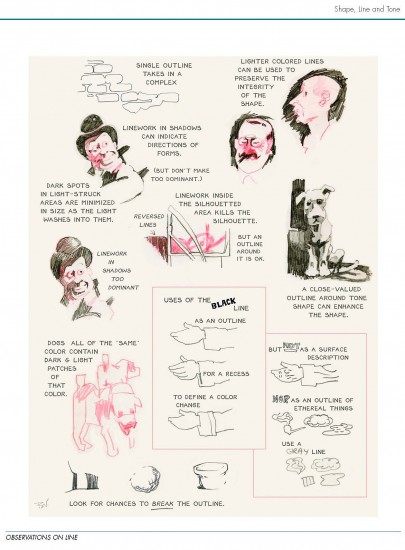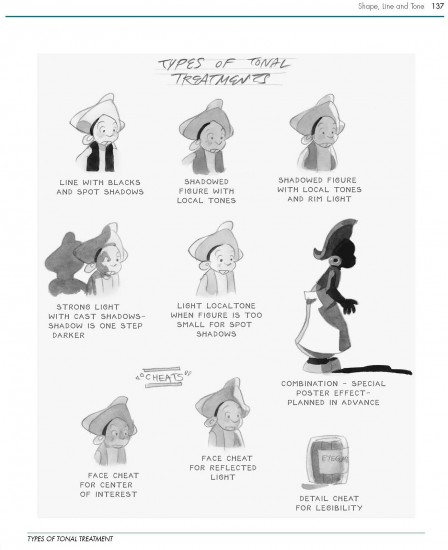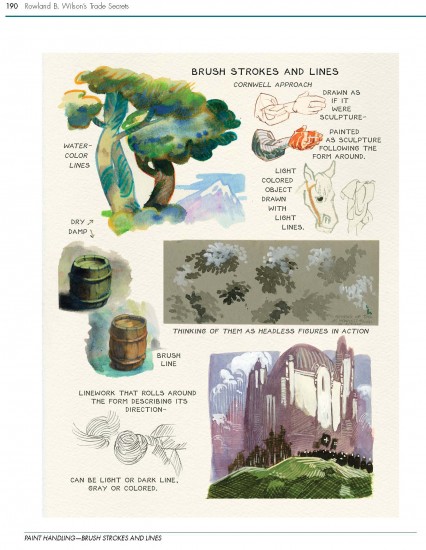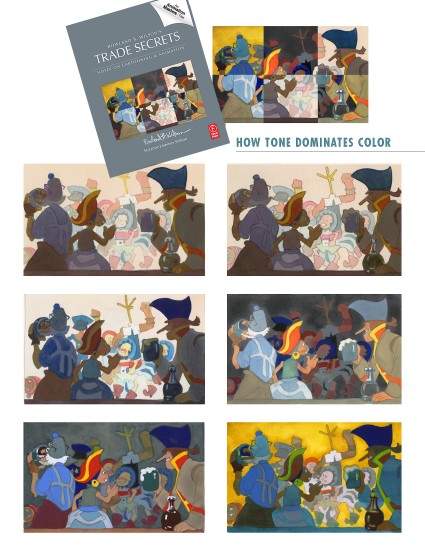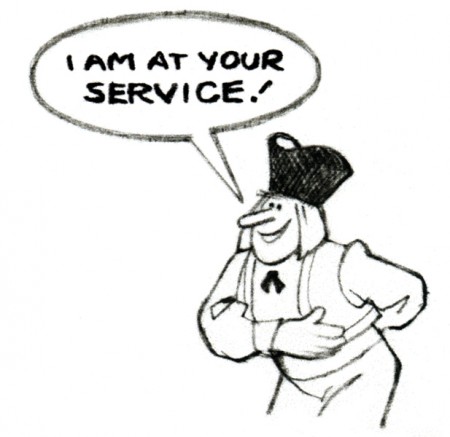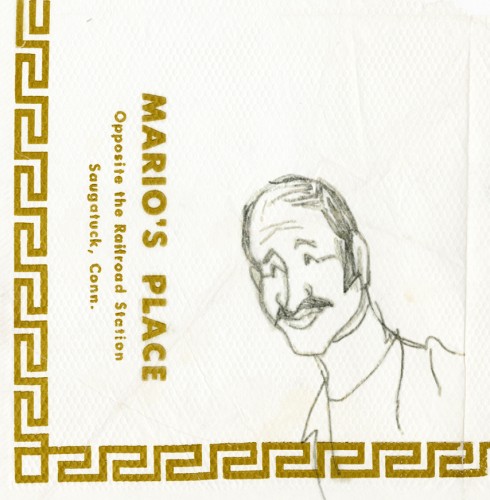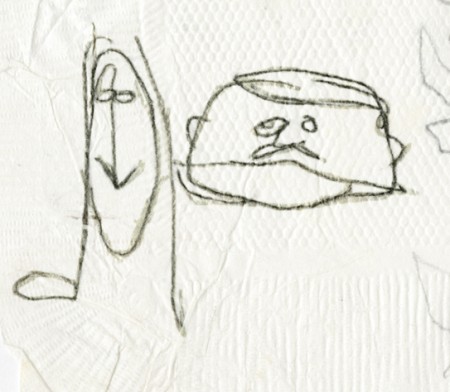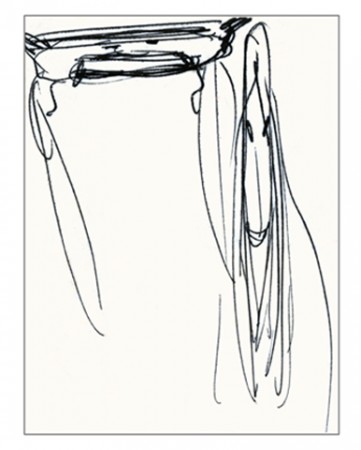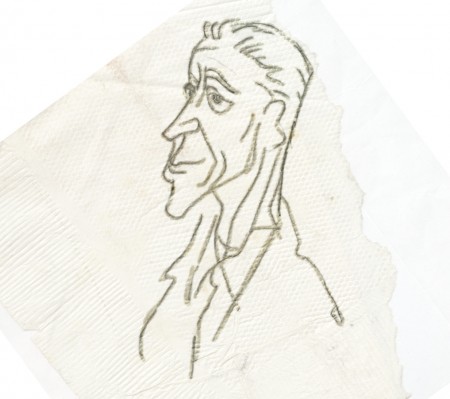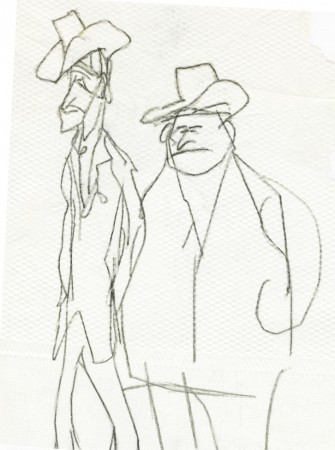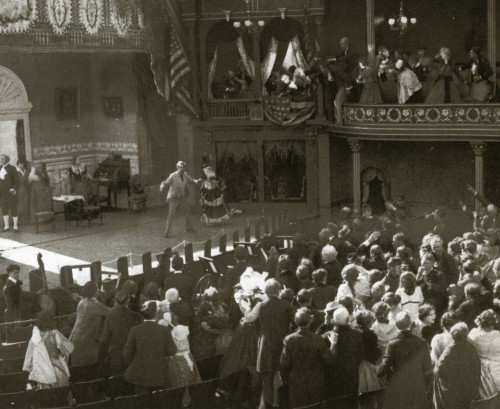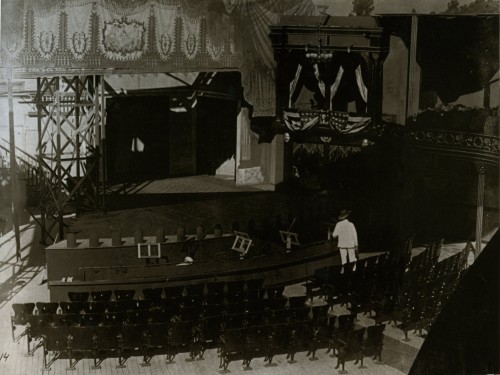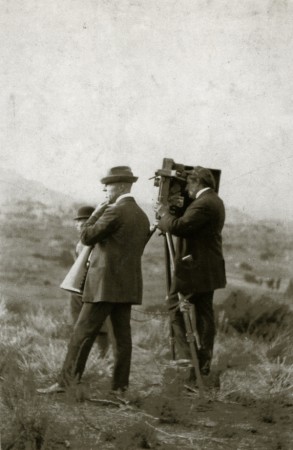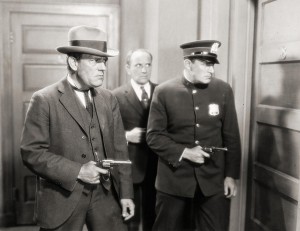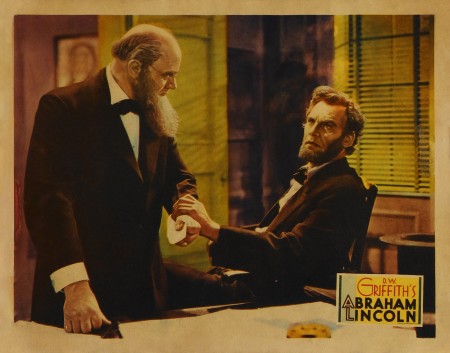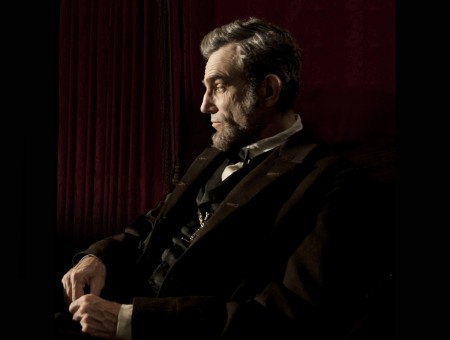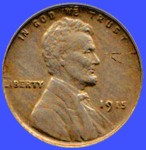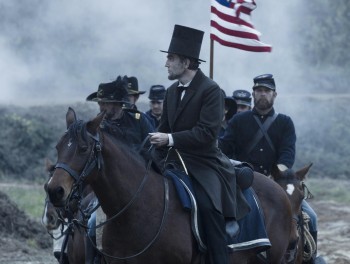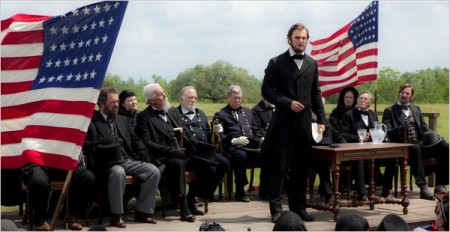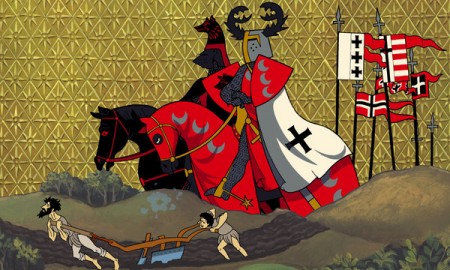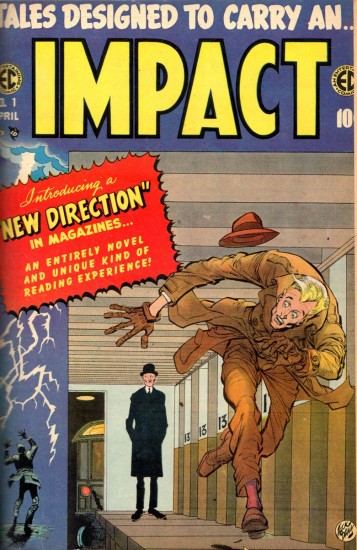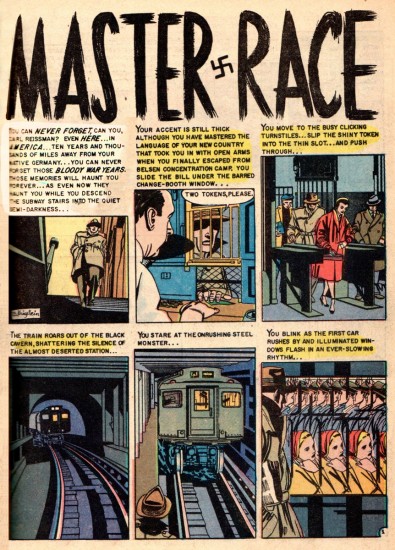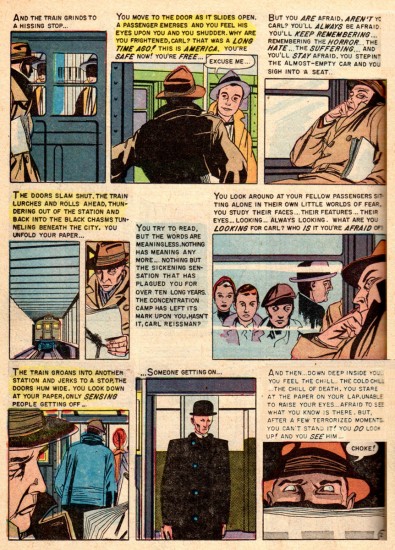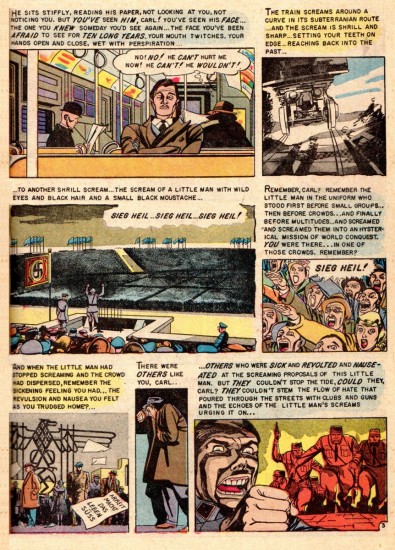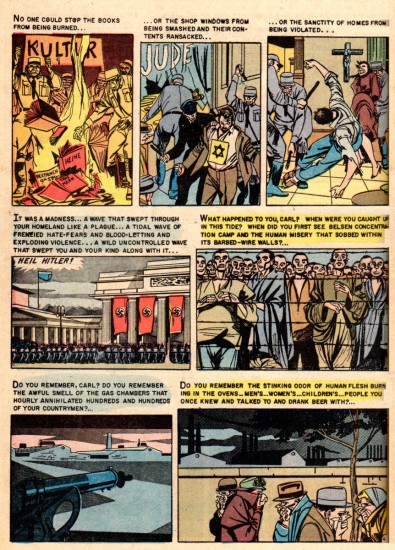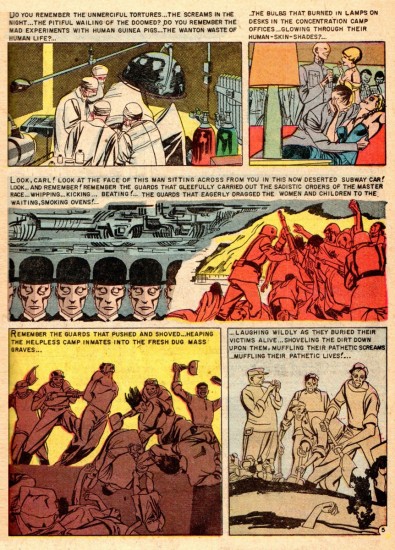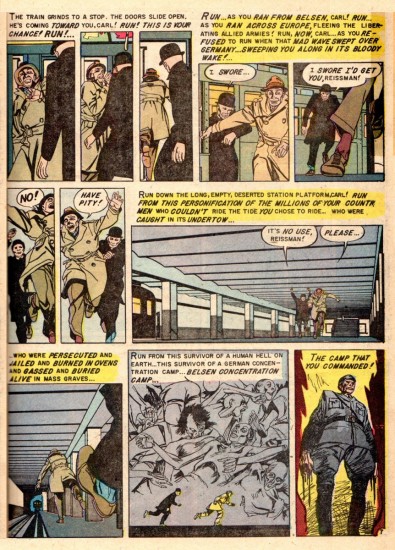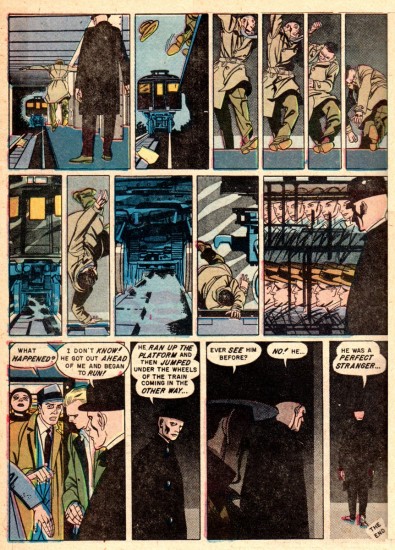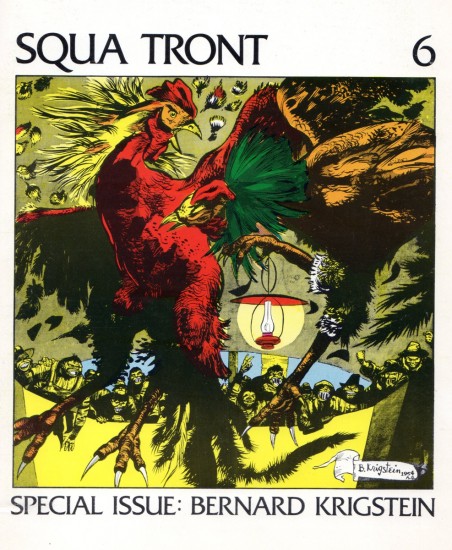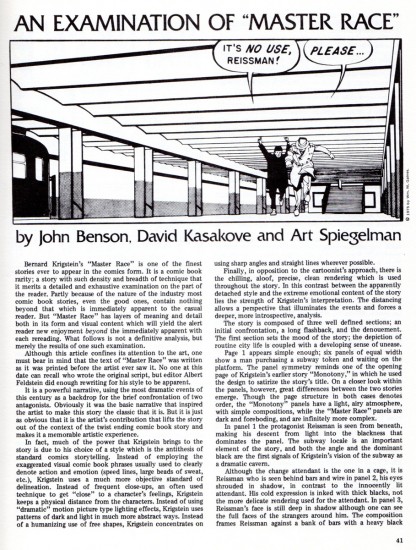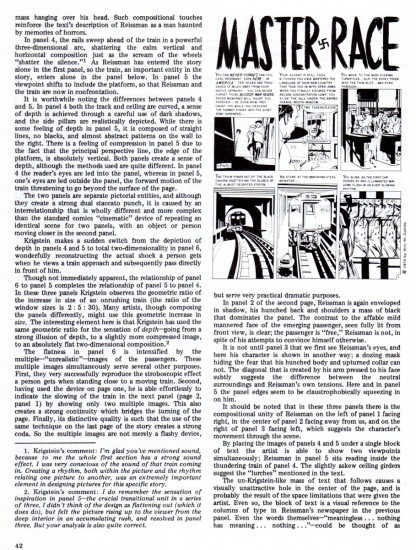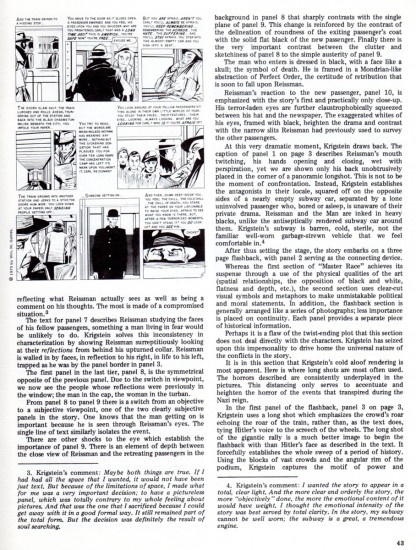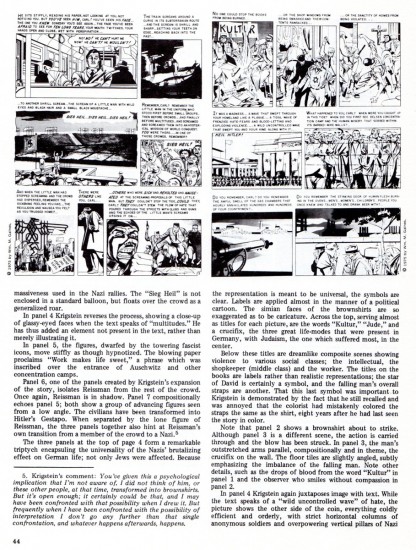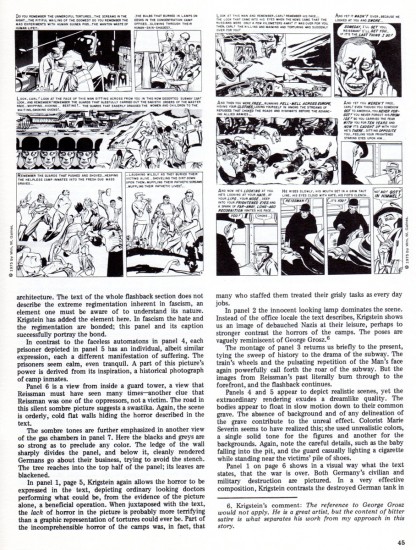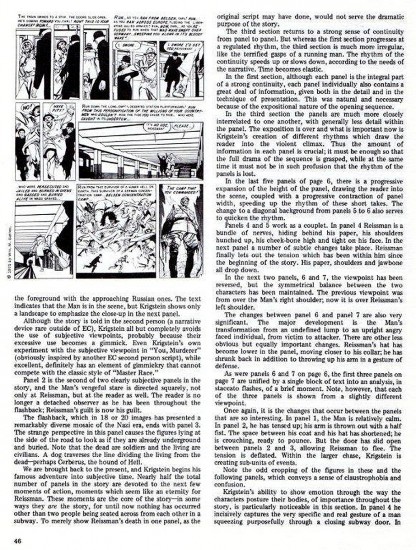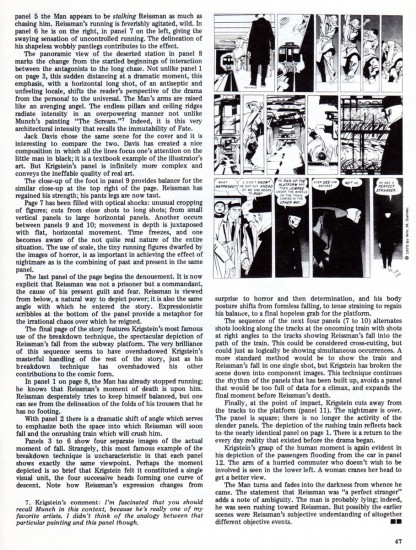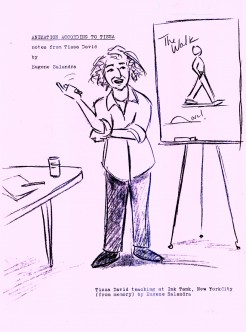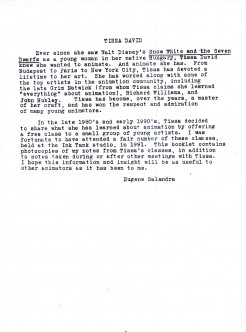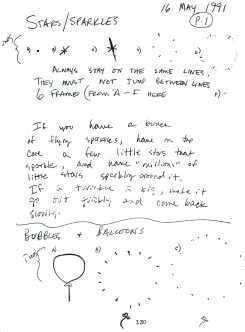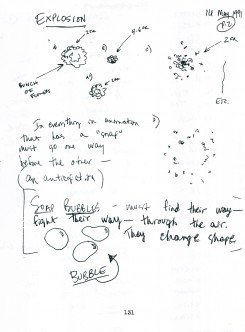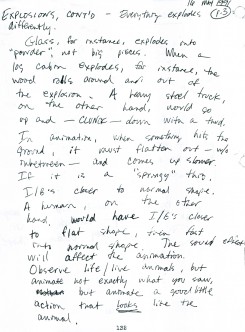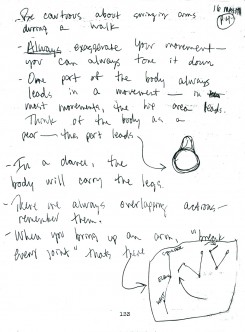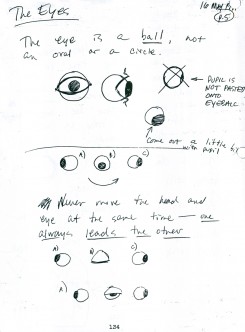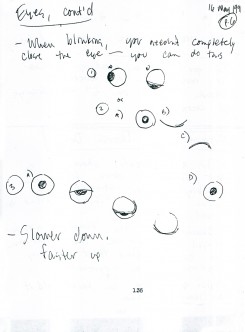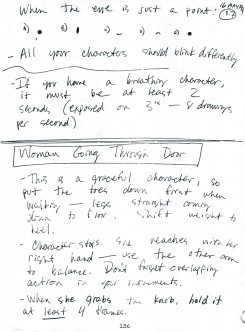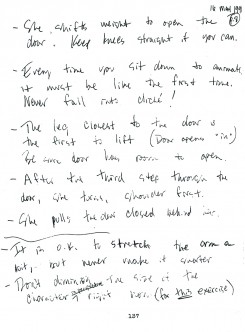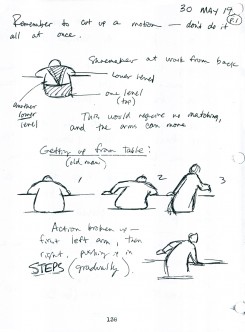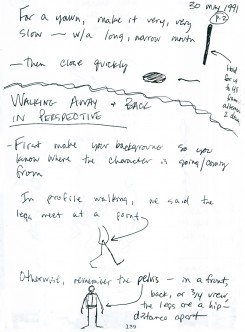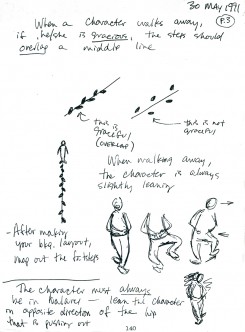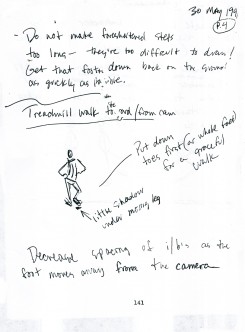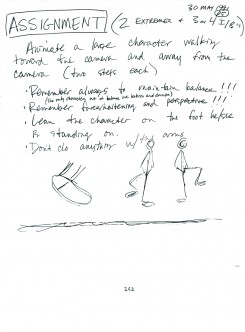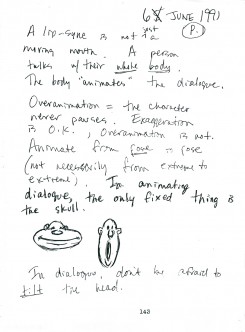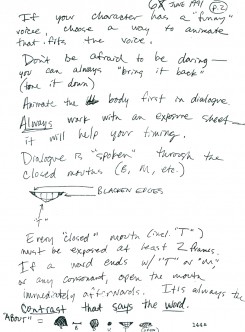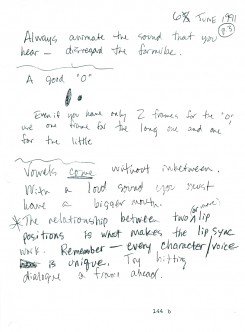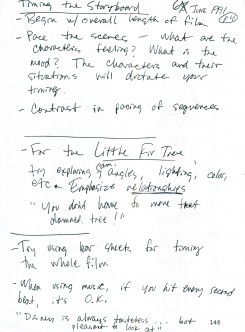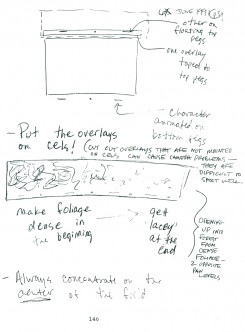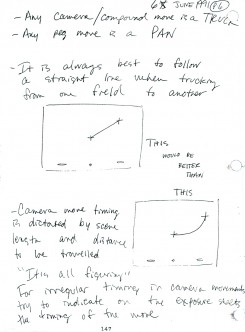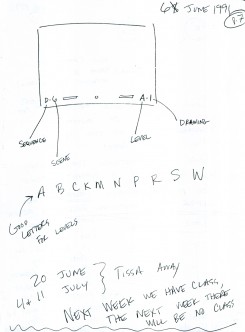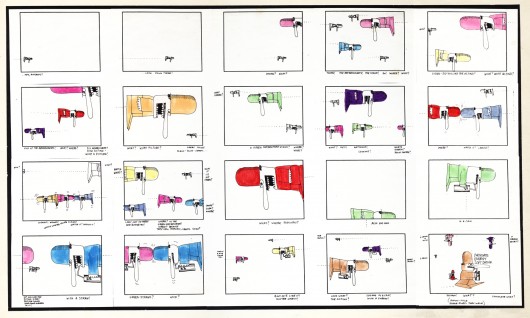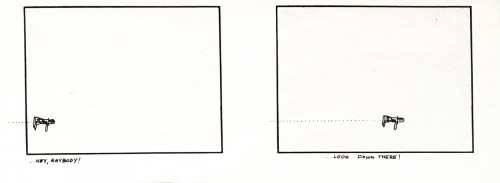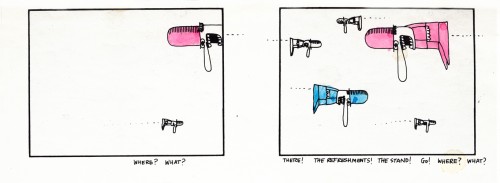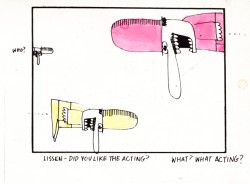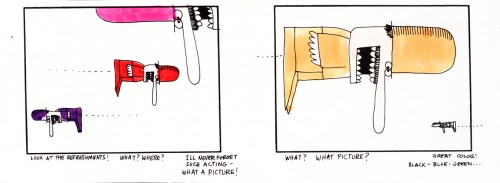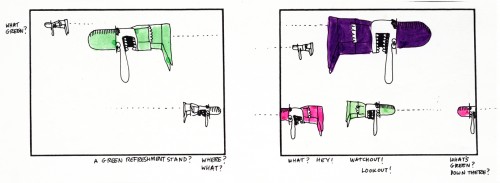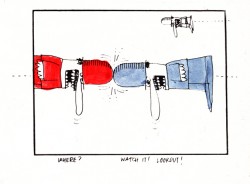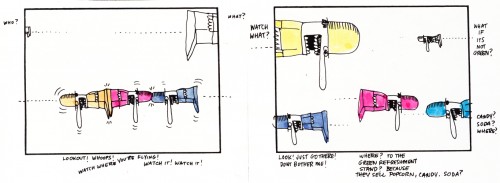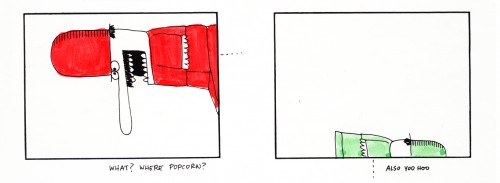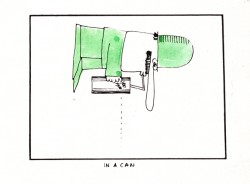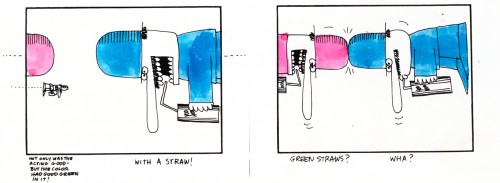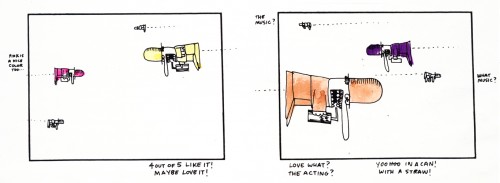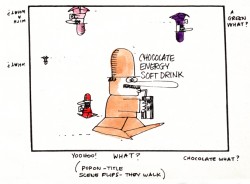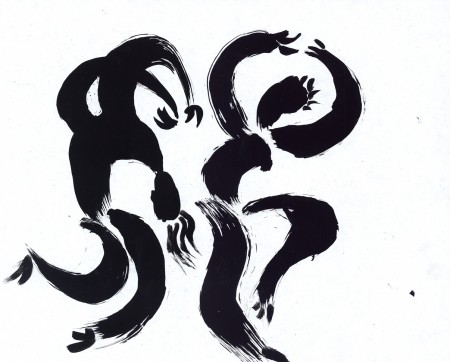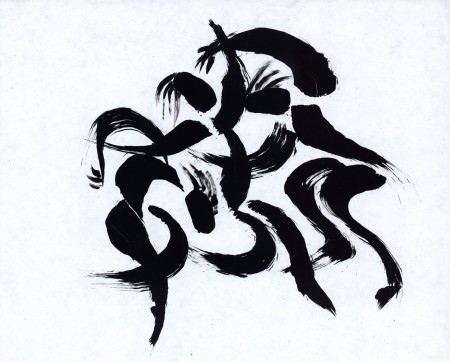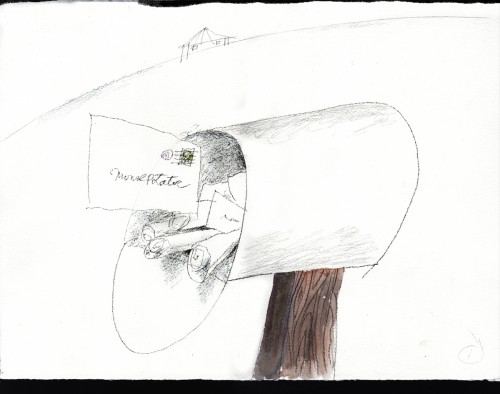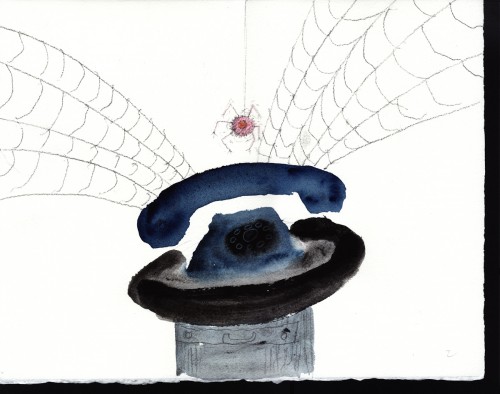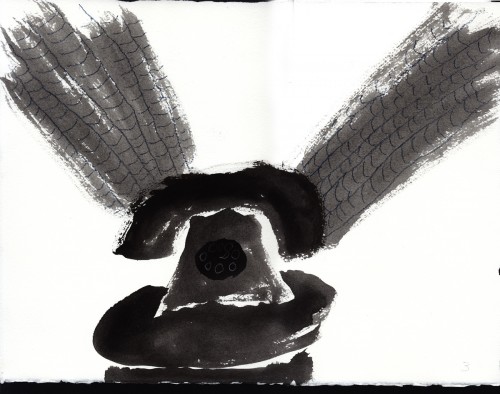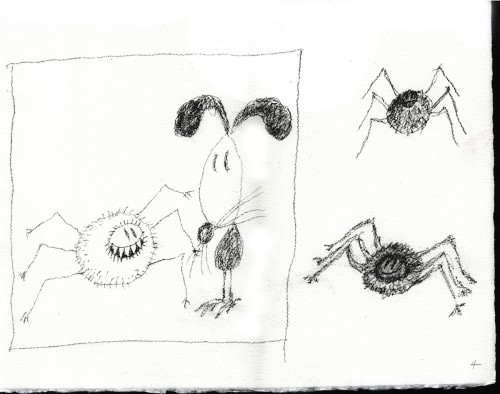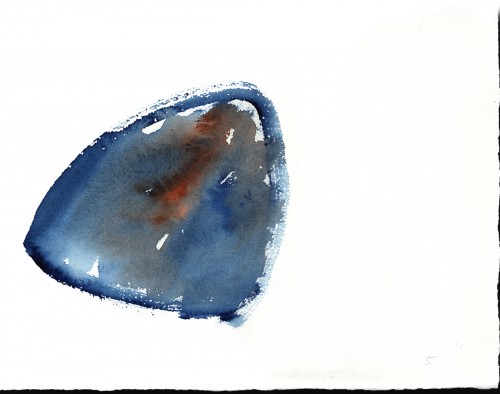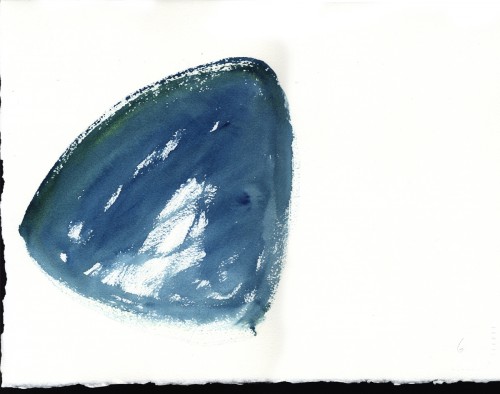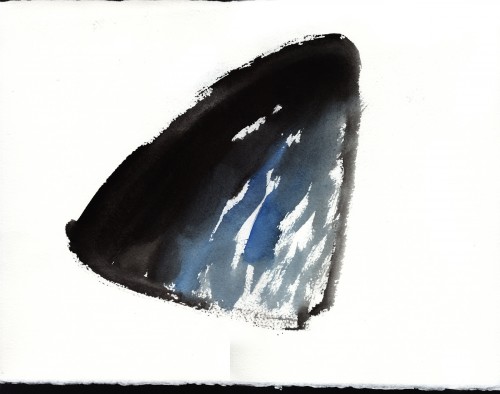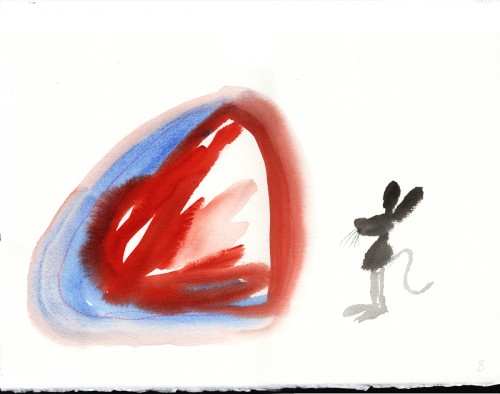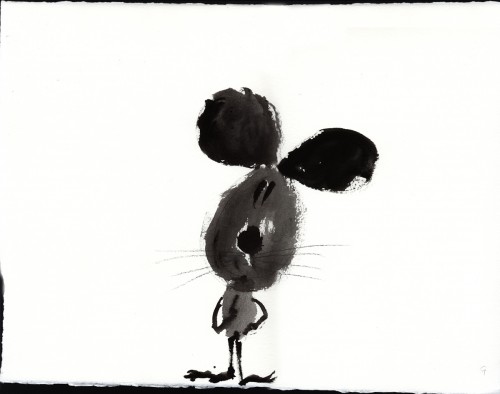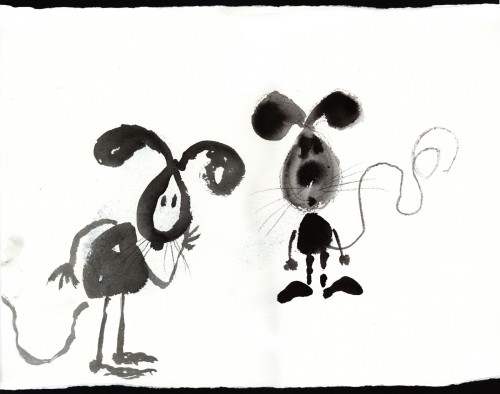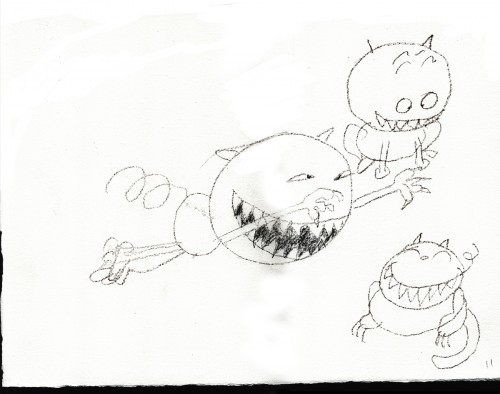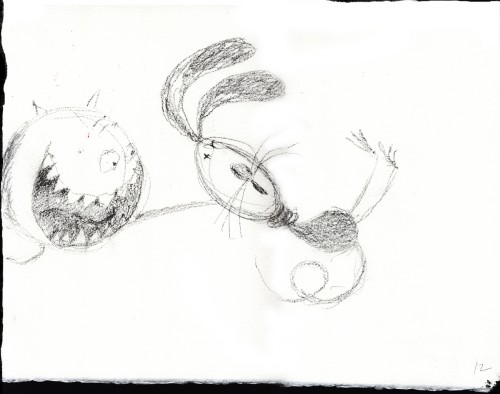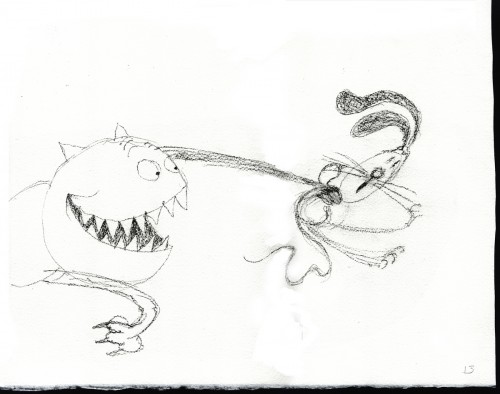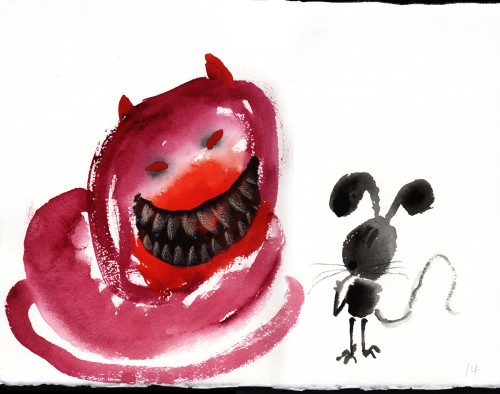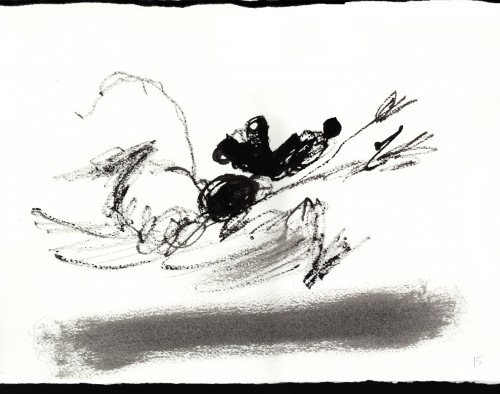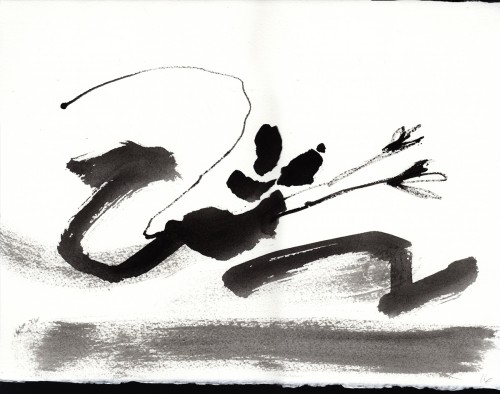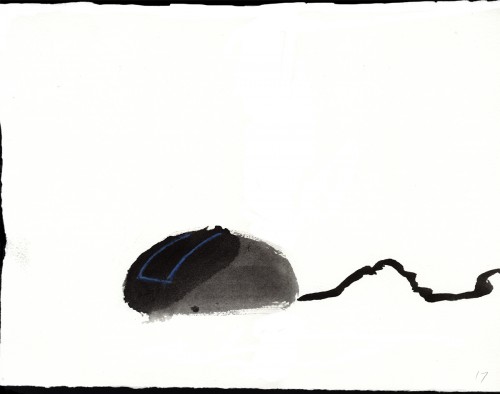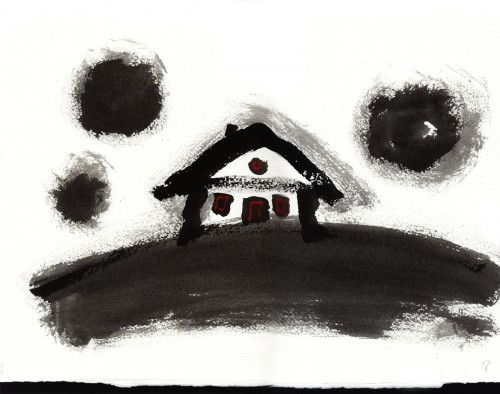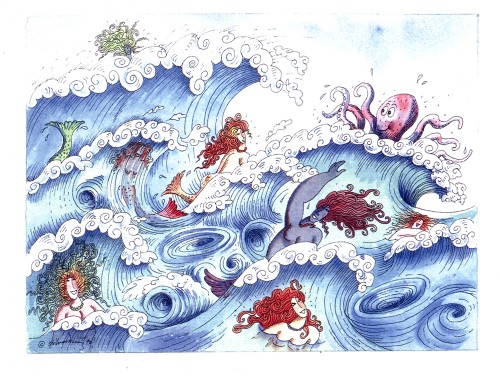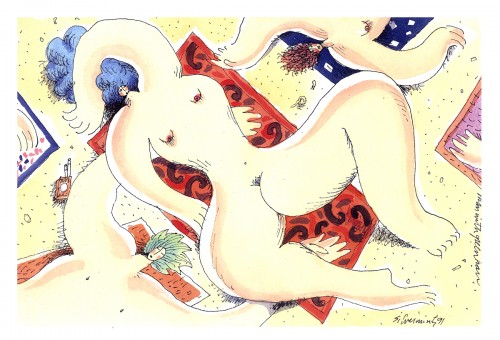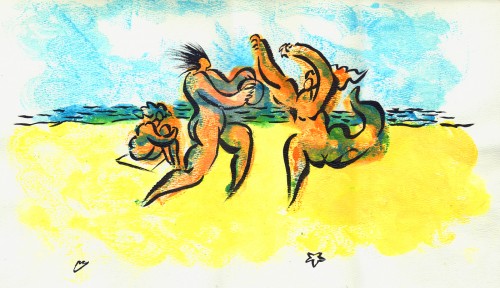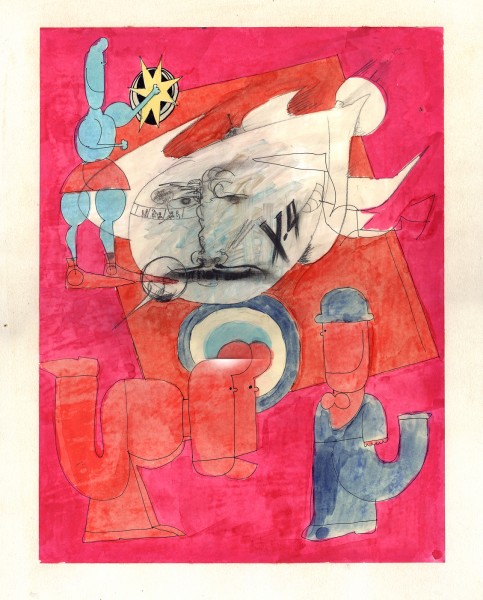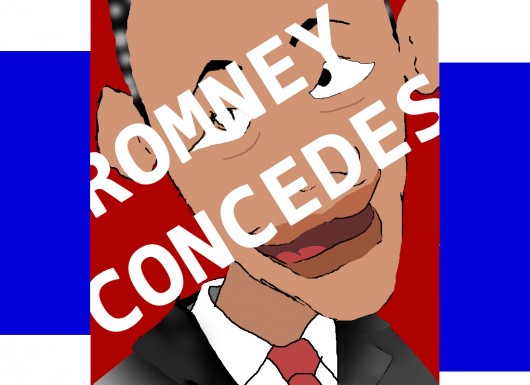The following films made the short list for the Oscar’s 10 selections for animation short:
 Adam and Dog, Minkyu Lee, director here
Adam and Dog, Minkyu Lee, director here
Combustible, Katsuhiro Otomo, director
Dripped, Léo Verrier, director here
The Eagleman Stag, Mikey Please, director, and Benedict Please here
The Fall of the House of Usher, Raul Garcia, director here
Fresh Guacamole, PES, director here
Head over Heels, Timothy Reckart, director here
Maggie Simpson in The Longest Daycare, David Silverman, director here
Paperman, John Kahrs, director here
Tram, Michaela Pavlátová, director here
Congratulations to all of those who worked on the films, and my sympathies to those who didn’t make the cut. I liked many of those on the list and liked others not on the list. It’s a crap shoot, sometimes. I’ve been on both sides – those wwho made it and those who were left off. So I know how you all feel.
________________________
Animated Feataures & Oscar
Cartoon Brew posted a list of 21 animated features being considered by the MPAA, the Academy, as potentially eligible for nomination. It was pleasing to see that the number has increased, yet it was annoying for another, more personal, reason. As you know I’m an Academy member and voter, and I take great pride in that. I make it my duty to see every film available to me on the big screen, projected. I don’t want to give short shrift to any movie by watching it on the DVDs that they send me. It’s a movie and should be seen as a movie, in a theater with full attention.
This year, the Academy made it harder on us. There are a lot of films to see. Yet, for the second year in a row, the Academy moved up the date of the Oscars and, consequently, the date of when we’d have to vote for the nominees. This year, it basically means that we have to vote by the end of the first week in January. We have to see all the films and vote by then. If you want to see the films on a big screen, it’s hard to do.
I’ve been a judge for a couple of film festivals. (I’m not talking about animation festivals, now.) I was sent dozens of DVDs and had two weeks to see them all and vote. That can be done. You push through a film and if, for any slight reason, you don’t like it, you shut the film and go onto the next. It’s not fair to the movie which may be purposefully gaining strength as it goes on. It’s not fair to any film, really, because that’s your mindset as you turn on the DVD player. It’s not the proper way to watch a movie. You’ll take a phone call and keep talking while the movie runs; you go to the kitchen, get some food and return, eating, while the film keeps rolling. You’re just treating the film like a TV show. Yet, that’s the only way you can get thirty films into two weeks. And you’re judging them!
On to my point. Last year was the first time those on the East Coast were given the opportunity to vote for the nominee list from the group of films that had been proven eligible for Best Animated Feature. Last year there were 18 films and the Academy in NY squeezed out two screenings of each film so we members who were voting could participate. Unfortunately, not a lot of animation members came out for the vote.
This year there are 21 films, per Cartoon Brew‘s list. That’d take a full month to squeeze those screenings in among the many other screenings at the Academy Lighthouse theater. That and, given last year’s low turnout, the decision has been made to cut the vote in New York. To be able to vote for my category, I’d have to move to LA for a month to see the films. I’m bummed about it. Not because I want to see all the mediocre Hollywood fare that’s thrown our way (Rise of the Guardians, for example, is horrible but will probably get nominated) but because there are small gems in among the big films. I think I’ll get to see The Rabbi’s Cat and From Up On Poppy Hill thanks to GKIDS arranging screenings of several of the films they’re representing. That pleases me. But I don’t know if there’s another hidden gem I’ll miss.
I suppose it’s not the Academy’s fault that circumstances aren’t going my way. I love being a member, and I do everything possible to support the best films and the Academy, but I feel left out. Of course I’ve sent a letter of complaint to the board in LA.
________________________
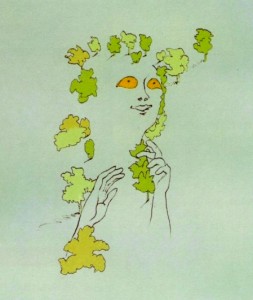
The Historicist
OneStop NewsStand is a Canadian news site that includes a weekly column, the Historicist, which is devoted to talking about people who helped shape the city of Toronto. A recent piece focuses on George Dunning and features a number of video clips of Dunning’s films. You might want to take a look at it.
________________________
Week in Review
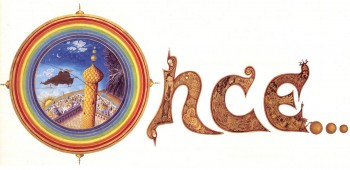
- There weren’t many events I attended to make the week very memorable. Other than the Election. Actually, that was my week. I was up most of that Tuesday night listening to speeches and wrap ups and analyses from those who do so for a living. It wasa all fun, especially since my guys won, and I wanted to savor it as long as I could. Oddly, there never felt like there was much tension involved with it, except for any dirty dealings which could’ve taken place. Too many stories of hundreds of lawyers from both sides at polling stations, made me uneasy. That would be the only way Romney could have won Ohio, and I was made to feel uncomfortable about the possibility of cheating. As it turns out, it didn’t matter. If there was anything crooked, it didn’t affect the final tallies. {Look at Florida. Those corrupt people in power did everything they could to hurt the vote of the underprivileged, and the end result is that even today – two days later – the Florida vote hasn’t been tabulated. The results of all those people having to stand for 4-7 hours waiting to vote, is that the results from that state have been made meaningless to the final number.}
We’d arranged to go to a screening of Spielberg’s Lincoln. This is a film, as I’ve said before, that I wanted to see. However, when Wednesday arrived a Nor’Easter came with it. Rainy snow and heavy winds made it annoying to be outside. So I gave that up and planned to see it on Thursday evening when the Academy had their own screening. This change of plan meant Heidi couldn’t see it (she wasn’t available Thursday) so I’ll have to go again.
I’ve written a longish piece that I’ll post tomorrow, Sunday, about the movie.
Also on Thursday there was a luncheon for Anna Karenina at which the director, Joe Wright, and the star, Keira Knightley, would be in attendance. The meal was at the Waldorf Astoria, so it was a definite place to go if nothing got in the way. As it turns out, Joe Wright was fun and entertaining with stories of making the film, and Keira Knightley was quite charming. She was very tall and very thin and every bit the star. Although she was completely personable and talkative. It was a good luncheon. I look forward to seeing the film which will be screening at the Academy this coming Monday, so there I’ll be.
On Friday there was a screening at School of Visual Arts of a documentary on the making and unmaking of The Thief and the Cobbler. However, the asking price for admission was $16. Sorry, too much for me. I suspect it’s a DVD projection, and I don’t know that it’s worth that entrance fee. Maybe I’ll see it in the future. Since I was involved in the Williams feature, however tangentially, I kinda know the story. It just would have been like reviewing material for me. I can wait.
Oh yeah, there was a Nor’easter this week. It didn’t really have much affect in NYC. There was a light and wet snow that left about an inch of snow – a dusting. I didn’t even use an umbrella despite the fact that I went out in it often enough. IIt was cold and nasty and wet. What else is new for NY n the winter.
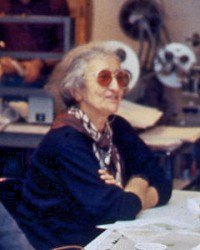 - From 1991-1992, Tissa David, taught a class in animation which was open to anyone who wanted to attend. R.O. Blechman offered his studio, The Ink Tank for a loction where the classes were held after hours. Those who worked in the day could attend the evening sessions..
- From 1991-1992, Tissa David, taught a class in animation which was open to anyone who wanted to attend. R.O. Blechman offered his studio, The Ink Tank for a loction where the classes were held after hours. Those who worked in the day could attend the evening sessions.. 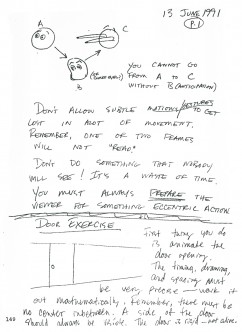 49
49 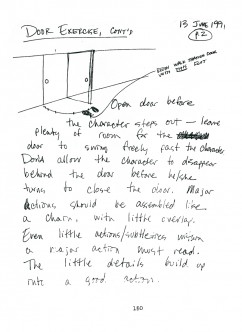 50
50